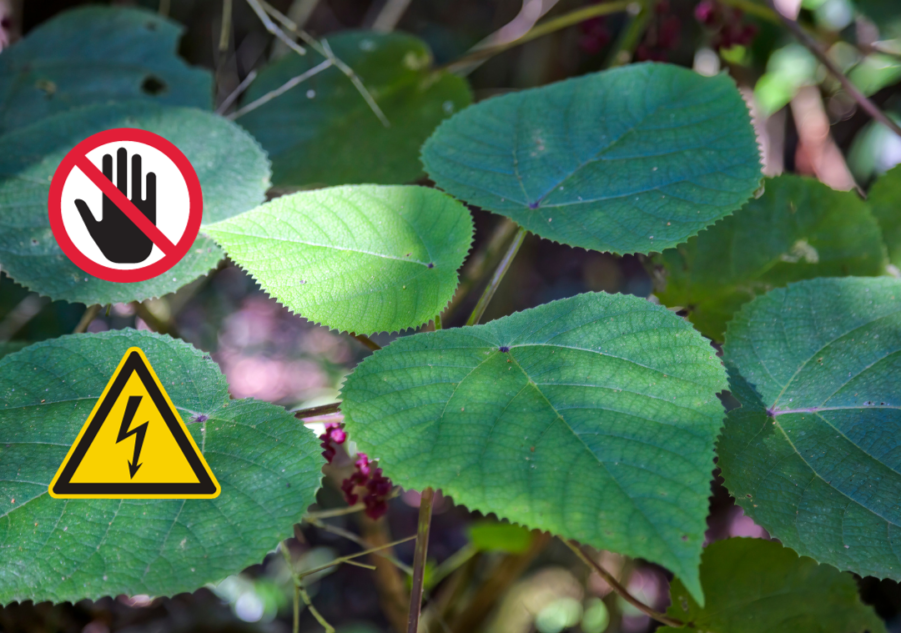Australia is notoriously home to some of our planet’s weirdest and most dangerous wildlife. From highly venomous snakes to massive crocodiles, the continent has some fearsome animals. However, people rarely pause to consider that danger doesn’t have to come from the animal kingdom. On my recent trip down under, I was lucky enough to meet (at a distance!) the topic of this Wildlife Spotlight post: The Australian stinging tree (Dendrocnide moroides).
The Australian stinging tree, also known as gympie-gympie based on its name in the Indigenous Gubbi Gubbi language, is no joke. This is one plant species you don’t want to mess with. Let’s find out why!
Face-to-face with the Gympie-gympie

On a night hike in Lamington National Park in Queensland, Australia, I grew tense as a tour guide stopped me with an outstretched hand. “Point your torch over there,” he said, gesturing to my flashlight. I shined it where he indicated, and saw a small, innocent-looking tree with roundish leaves. Thinking that maybe he had seen a possum there, I craned my neck looking for movement. “That’s the world’s most painful plant,” said the guide, and I must have made a face.
“Brush up against a leaf, and you’ll be in rough shape mate,” he said, as I began to look around us for more of them. Would I touch one accidentally? The guide went on to tell me that this was the only one along the path. Even so, I kept a careful eye on any tree I touched for the rest of my trip.
The World’s Most Painful Plant
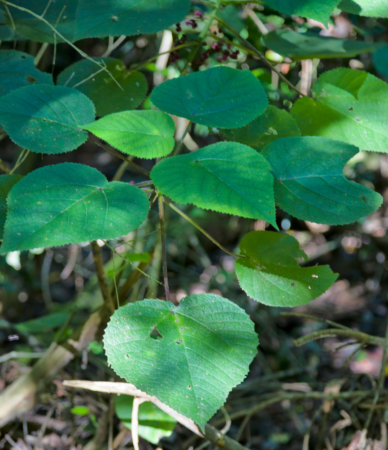
As it turns out, my guide was correct. The Australian stinging tree is widely thought to have the most potent poison of any plant. However, instead of causing direct damage to your body, the trees venom just causes intense pain.
Nonetheless, we’re talking serious ouch. Victims describe the feeling as being set on fire and electrocuted at the same time. Because of this, most victims end up going days on end without sleep because of the pain. After that, the intense pain returns frequently for weeks, sometimes even months. One forest ranger described recurring pains every time he took a shower for years after his run-in with the Australian stinging tree.
While stings from things like wasps can last for hours, reactions to some plants like poison ivy can last for days. As unfortunate victims will tell you, the gympie-gympie’s toxins last much longer and are more intense. Although it’s tough to tell which stories are truth versus fictional, there are early stories of peoples’ horses being driven mad with the pain of the sting. One source even reported unfortunate soldiers on forest training using using the plants’ large leaves for toilet paper. For their sake, I certainly hope that was a tall tale!
Nonetheless, there are apparently credible accounts of people being hospitalized and even dying from a run-in with the gympie-gympie. Dogs, horses, and other domestic animals are no exception. One poor soul stung in 2023 was hospitalized for weeks, and then had to take nerve-blocking drugs for the pain for months afterward. But what makes this tree so dangerous?
What makes the Australian stinging tree so painful?
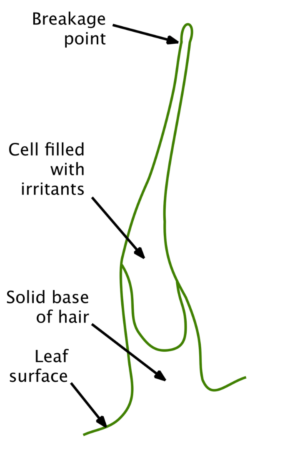
All these crazy stories beg the question: what gives the Australian stinging tree such a powerful sting? As it turns out, two factors play a role in giving this fearsome plant its infamous power.
Trichomes
First, the delivery system. The gympie-gympie’s leaves are covered in what botanists call trichomes, which are tiny hairs protruding from the leaf’s surface. Generally, most trichomes are harmless to humans. For instance, many mints (family Lamiaceae), and sunflowers (Helianthus sp.) have lots of trichomes on their stems and leaves. This fuzz can provide protection from the sun, from herbivorous insects and larger animals, or from climbing vines depending on the context. Or, in the gympie-gympie’s case, it can defend against just about any critter unfortunate enough to get stuck by one.
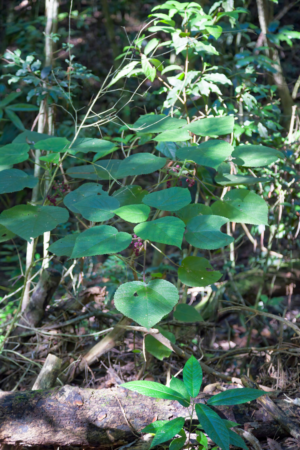
The Australian stinging tree’s trichomes are designed to be tiny, sharp, stiff, and brittle. They have a special breakpoint near the base that breaks off easily. In addition, they have a sharp tip. Because of this, the trichomes easily pierce the skin of soft-bodied things that brush against them. Next, because of the break-point, they snap off and are carried away with the animal even if it moves away from the tree. While the trichomes are embedded in the skin, the real damage happens.
Specialized toxins
The gympie-gympie’s trichomes contain specialized cells loaded with a powerful cocktail of pain-inducing neurotoxins. While they aren’t designed to physically harm you, they are designed to hurt like heck! Fascinatingly, recent research shows that the tree has several toxins in common with the stings of scorpions and the deadly cone snails (Conus sp.). These chemicals target specific nerves in the skin that trigger immense pain. Unfortunately, it’s very difficult to remote the trichomes once they become embedded. Furthermore, the peptides themselves, known as gympietides by their discoverers, take a very long time to break down. This explains why a sting from this tree can last for weeks, months, or more!
A familiar face?
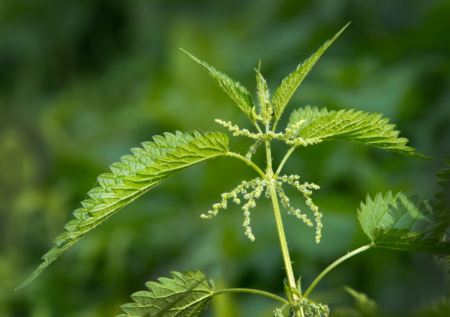
As it turns out, a look at the stinging tree’s taxonomy, or the species to which its related, explains a lot. Readers in North America, the U.K., Europe and Asia likely haven’t met the gympie-gympie, whose close relatives live in Australia and Papua New Guinea. However, many readers have probably met one or more species of nettle (Urtica sp.), which belong to the same family as the gympie-gympie. Just like the Australian stinging tree, many nettles have pain-inducing trichomes You could say, quite literally, that a nasty sting runs in the faimly! Want to know more about how families, species, and taxonomy works? Check out this beginner’s guide.
The first time I ran into a stinging nettle was in Cambridgeshire, England. While birdwatching on a date (don’t judge me!) I put my hand down to sit in the grass and felt an electric shock run up my arm. Fortunately for me, the pain lasted only a few minutes. The painful chemical weaponry common to many nettles isn’t nearly as bad as the gympie-gympie, but it’s still better avoided.
Thanks for reading about the Australian stinging tree!
Got another reader request for a post in Gulo in Nature? Drop us a line using the Contact page. If you enjoyed this post and want to support the blog, please share this article with friends via social media.

